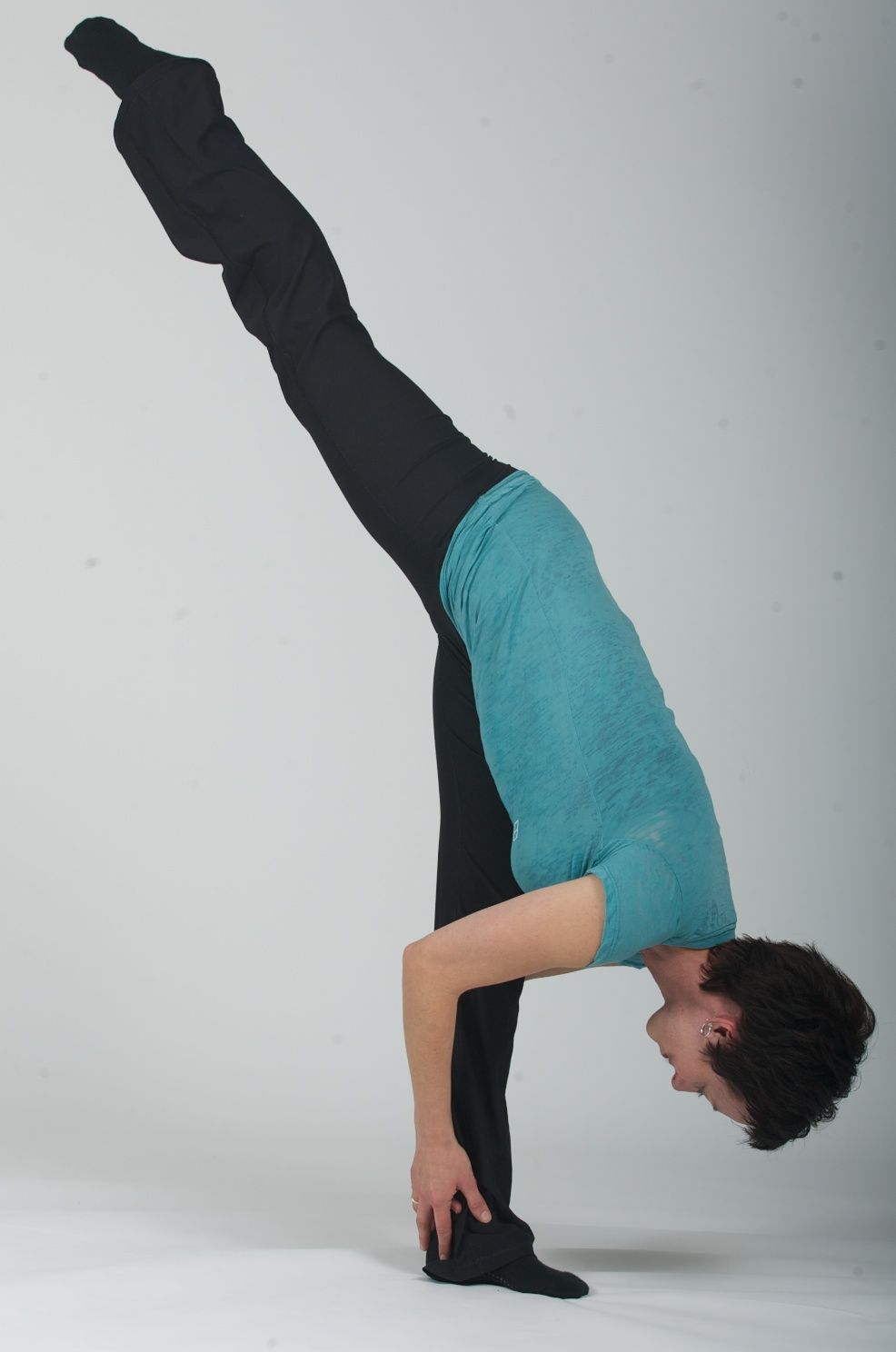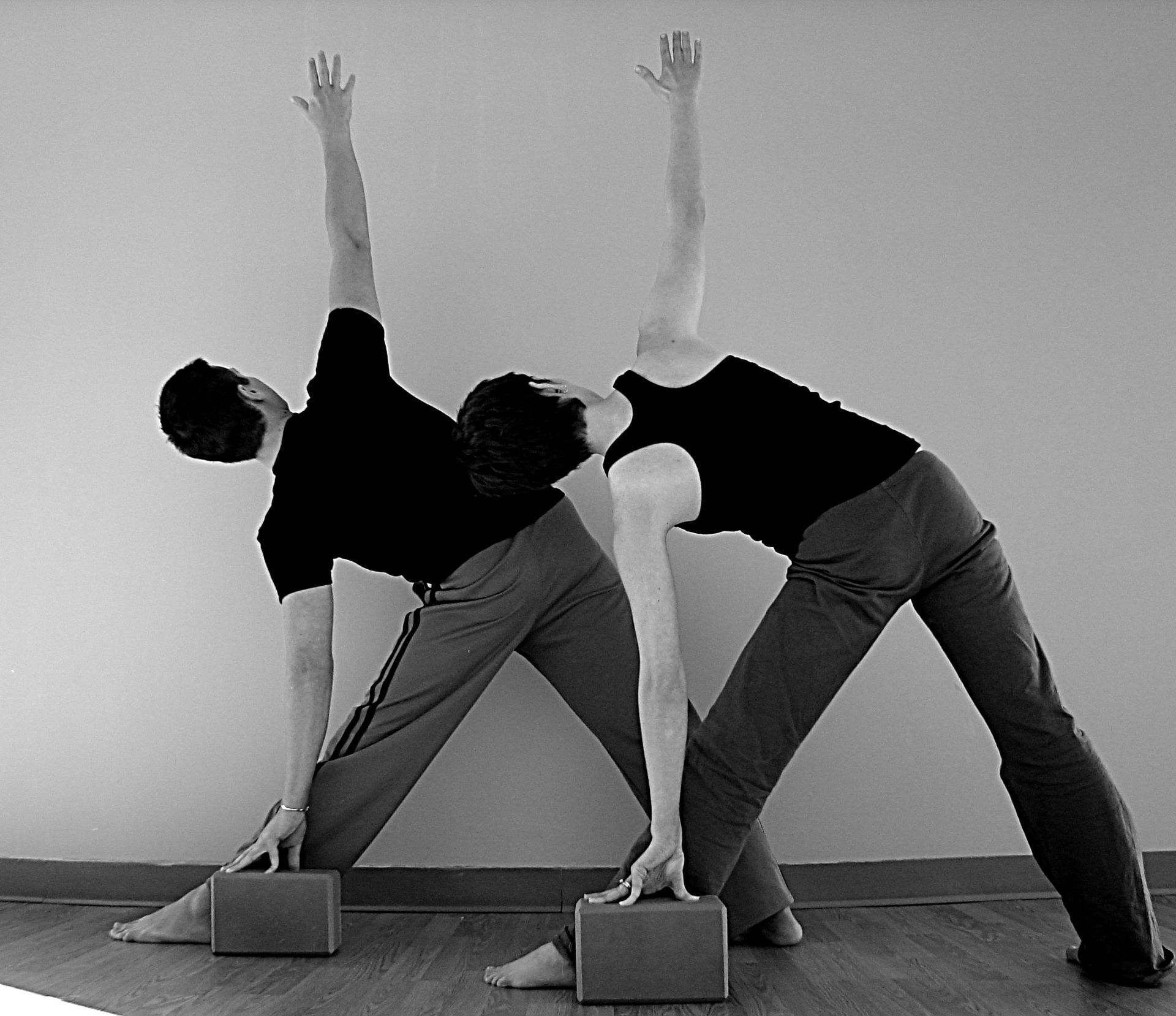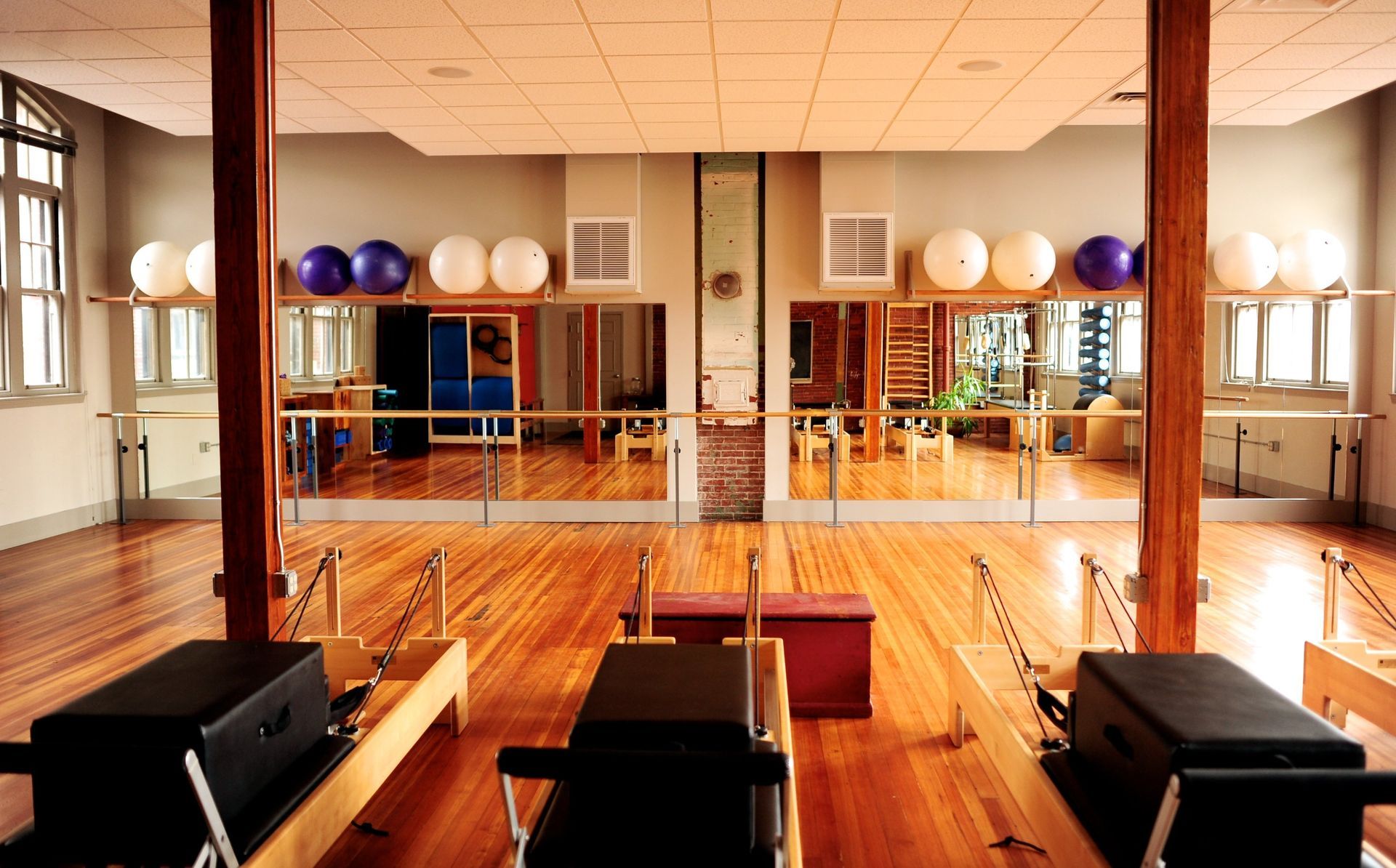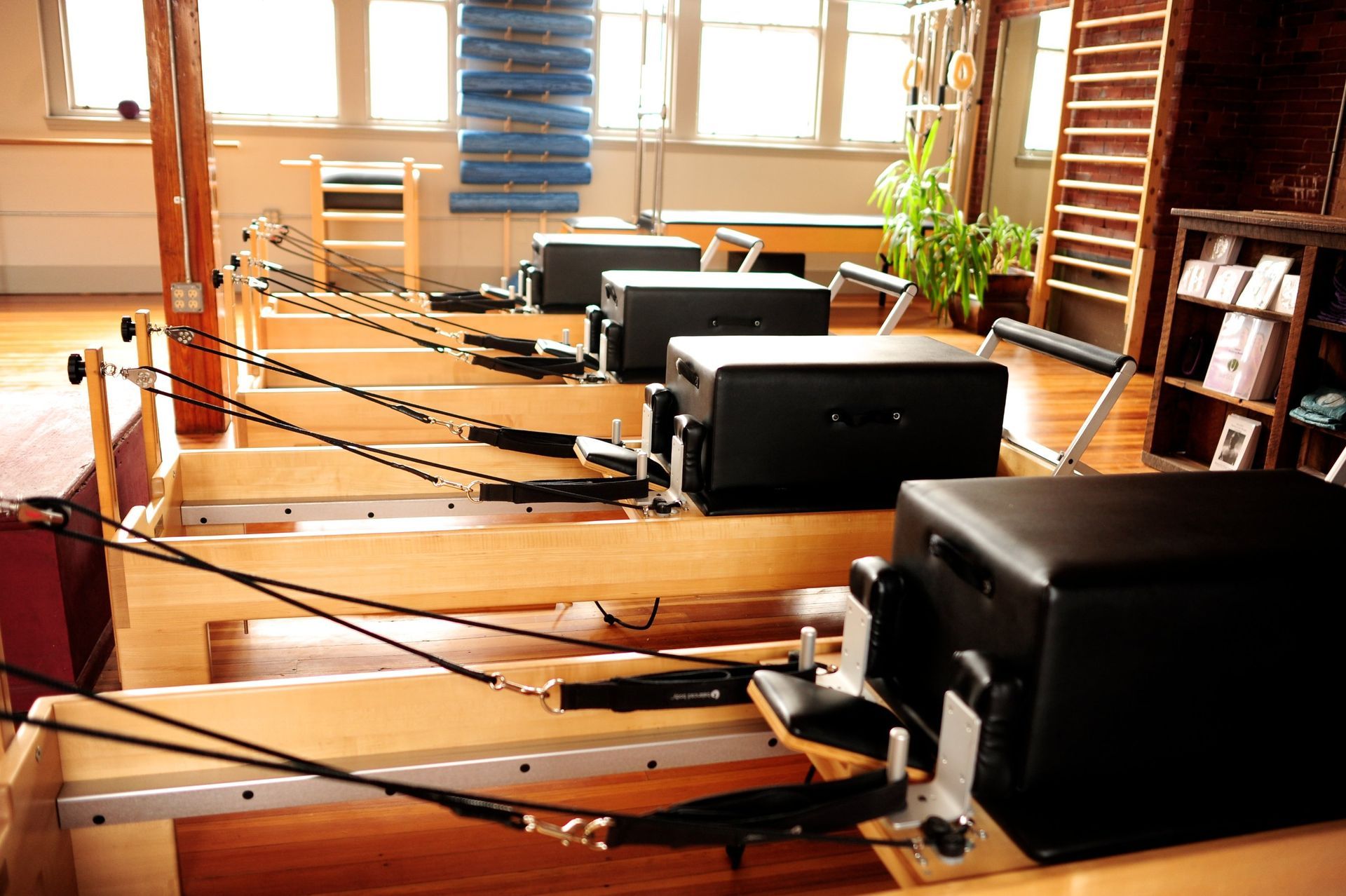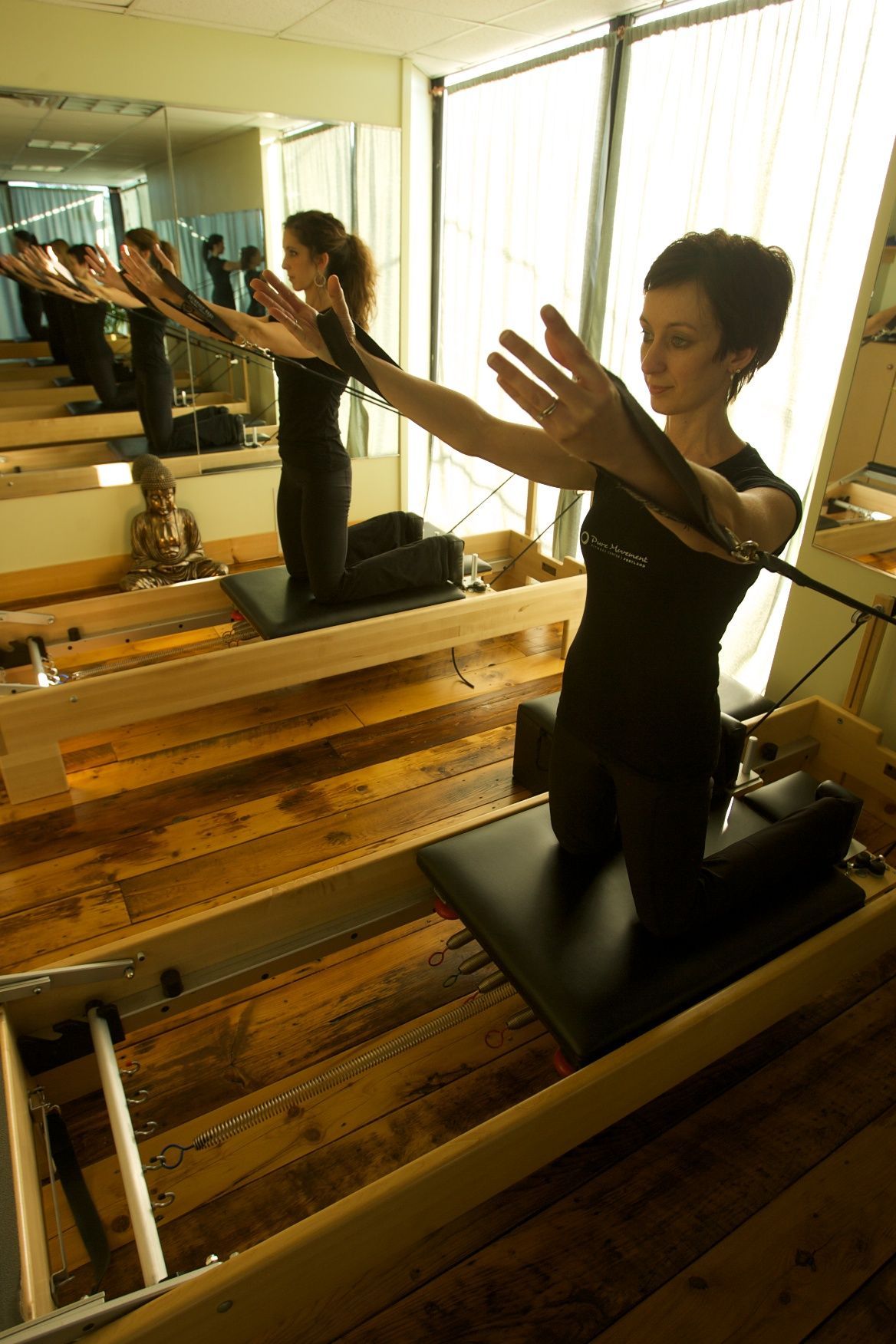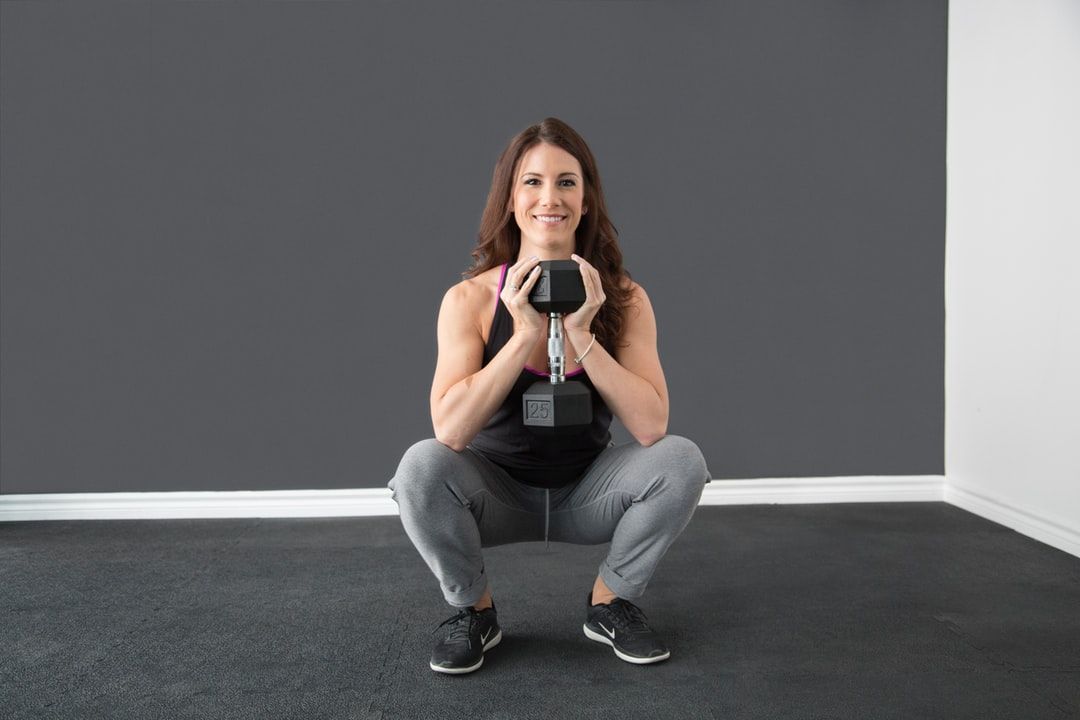Why it's never too late to start PIlates!
Rediscover Strength, Healing, and Confidence—One Movement at a Time
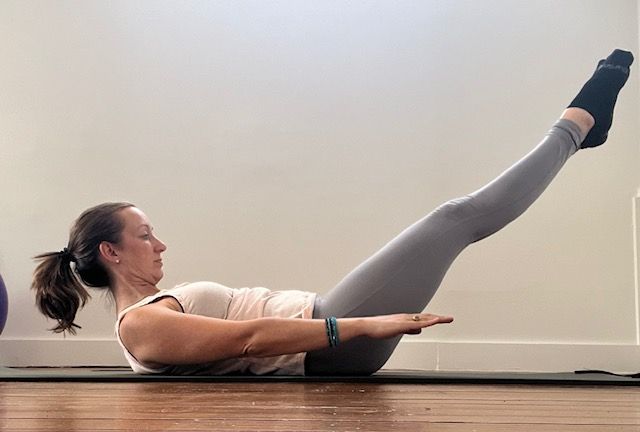
Whether it’s been a decade since your last workout, or you’ve never intentionally exercised a day in your life, starting Pilates might feel intimidating. But here’s the truth: Pilates is one of the most inclusive, forgiving, and effective ways to (re)introduce movement into your life. No matter your age, experience level, or current physical ability, Pilates can meet you exactly where you are—and take you exactly where you need to go.
The beauty of Pilates lies in its foundation: control, precision, breath, and awareness. These principles make it the ideal movement method for anyone recovering from injury or surgery, those dealing with chronic conditions, and people who simply want to feel better in their bodies. And while its benefits are backed by decades of real-world success, one quote from its founder Joseph Pilates says it all:
"Change happens through movement and movement heals."
Movement Over Medals
Too often, people equate exercise with punishment or high-stakes performance. We’re taught that fitness is about crushing goals, lifting heavy, or running fast. But what if, instead of striving for a gold medal, your aim was simply to move with more ease, grace, and comfort?
Pilates isn’t about winning. It’s about reconnecting—with your breath, your body, and the basic joy of movement. Whether you’re in your 20s or your 70s, you deserve to feel strong, balanced, and pain-free. Pilates creates the space for that transformation, one small but mighty movement at a time.
Why Pilates Works for Absolute Beginners
You don’t need to be flexible, fit, or familiar with Pilates to start. In fact, some of the most powerful progress happens when someone who has never exercised before takes their first class.
Here’s why Pilates works so well for those new to movement:
- Foundational Focus: Pilates emphasizes small, precise movements that build core strength, body awareness, and stability. These basics are invaluable for beginners and never become obsolete, even for advanced practitioners.
- Low Impact, High Reward: The method is gentle on joints while still being incredibly effective. This makes it perfect for those with arthritis, previous injuries, or general deconditioning.
- Modifiable for Every Body: A good teacher will offer clear modifications so that every person in class can participate—regardless of experience, body type, or ability.
- It’s a Learning Practice: Pilates invites curiosity rather than competition. There’s no pressure to keep up—just encouragement to notice what you feel, try something new, and get stronger over time.
It's Been Years—Can I Really Start Again?
If it’s been years (or decades) since you last exercised, starting up again can be emotional. You might feel embarrassed, frustrated, or afraid you’ve "missed the boat." But it’s never too late.
Pilates doesn’t require you to jump into a bootcamp-style workout. Instead, it helps you gradually return to movement by retraining your brain and body. You begin by developing better posture, breathing patterns, and joint mobility. You start to feel more stable and capable. Soon, you’re doing things you didn’t think were possible—like balancing on one leg, getting up off the floor with ease, or touching your toes for the first time in years.
The best part? The timeline is yours. There’s no rush. The emphasis is on consistency and listening to your body.
Recovering from Injury or Surgery? Pilates Supports the Healing Journey
Pilates has a long and well-documented history in the world of rehabilitation. Joseph Pilates himself worked with injured soldiers and dancers in the early 20th century, using springs and straps to help them regain strength without placing stress on their bodies.
Today, Pilates is frequently recommended by physical therapists, orthopedic surgeons, and rehabilitation specialists as a complementary movement method. Here’s how it helps during recovery:
- Supports Alignment: Many injuries stem from muscular imbalances or poor posture. Pilates helps correct these patterns so you can move more safely and effectively.
- Builds Functional Strength: Pilates focuses on muscles you use in everyday life—those responsible for walking, climbing stairs, carrying groceries, and protecting your spine.
- Promotes Mind-Body Connection: Recovery often involves re-learning how to move without fear or compensation. Pilates helps you become more aware of how your body feels and moves, increasing both confidence and physical function.
- Facilitates Gentle Progression: Because exercises can be done on the mat, with props, or on specialized equipment like the Reformer, your teacher can help you progress safely as you heal.
For Movers and Shakers: A Strong Foundation Benefits Everyone
Even if you’re no stranger to movement—maybe you’ve practiced yoga, played sports, or done strength training—you might be surprised at how much Pilates has to offer.
In fact, some of the most seasoned movers find Pilates refreshingly humbling. Why? Because it focuses on deep core muscles, stability, breath control, and refined movement patterns that are often overlooked in other disciplines.
Pilates can:
- Enhance Athletic Performance: By improving alignment, range of motion, and neuromuscular control, it helps you move more efficiently and prevent injuries.
- Fill the Gaps: Pilates exposes compensations and strengthens your body from the inside out. That means fewer aches, less burnout, and greater body intelligence.
- Accelerate Progress: Because it prioritizes form and function, Pilates provides a rock-solid base for any other physical activity. Runners become more efficient, yogis deepen their practice, and weightlifters lift with greater integrity.
The Real Goal: Lifelong Movement
Pilates isn’t about burning the most calories or showing off your six-pack. The real win? Being able to move through life with less pain and more joy. That’s why it’s never too late to start—and why starting today might just be the best gift you give your future self.
Movement is a vital sign of life. It supports circulation, digestion, bone health, immunity, mental health, and more. When we stop moving, everything slows down. But when we start—even gently, even slowly—we experience a cascade of positive change.
This isn’t about perfection or performance. It’s about participating fully in your life: taking the stairs without fear, picking up your grandchild, dancing in your kitchen, or simply walking tall without pain.
What to Expect in a Pilates Class for Beginners
If you’re brand new, here’s what a welcoming Pilates experience should look like:
- A Calm, Focused Environment: Most Pilates classes are intentionally quiet and cue-heavy, giving you time to absorb and apply each movement.
- Detailed Instruction: Expect a teacher who explains not just how to do an exercise, but why it matters. You’ll learn about alignment, breathing, and modifications to support your body.
- Progress at Your Pace: You may start with simple movements that don’t look impressive on the outside—but they’re building serious strength and stability underneath.
- Supportive Community: Whether in a studio or online, Pilates communities tend to be welcoming and non-judgmental. Everyone’s on their own journey—and you’ll be cheered on every step of the way.
Final Thoughts: Start Where You Are
Starting something new is always a little scary—but staying stuck hurts more. Pilates offers a soft entry point with big results. It meets you exactly where you are, physically and emotionally, and helps you build a foundation for movement that lasts a lifetime.
Whether you're brand new to exercise, getting back into movement after a long break, or recovering from an injury, Pilates offers the tools, support, and philosophy you need. You don't have to be perfect. You don’t need fancy gear or a young, athletic body. You just need a willingness to move—and a belief that healing, strength, and joy are still possible.
And remember the words of Joseph Pilates:
“Change happens through movement, and movement heals.”
Let that be your invitation. Your moment. Your start.


